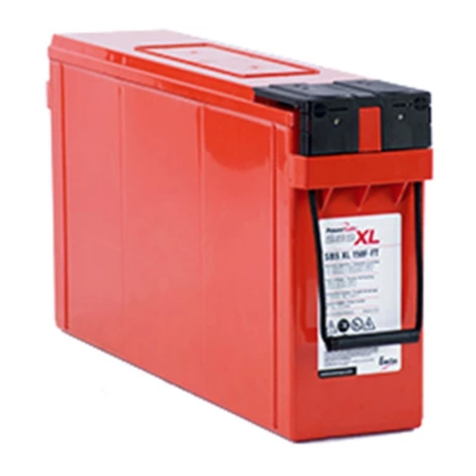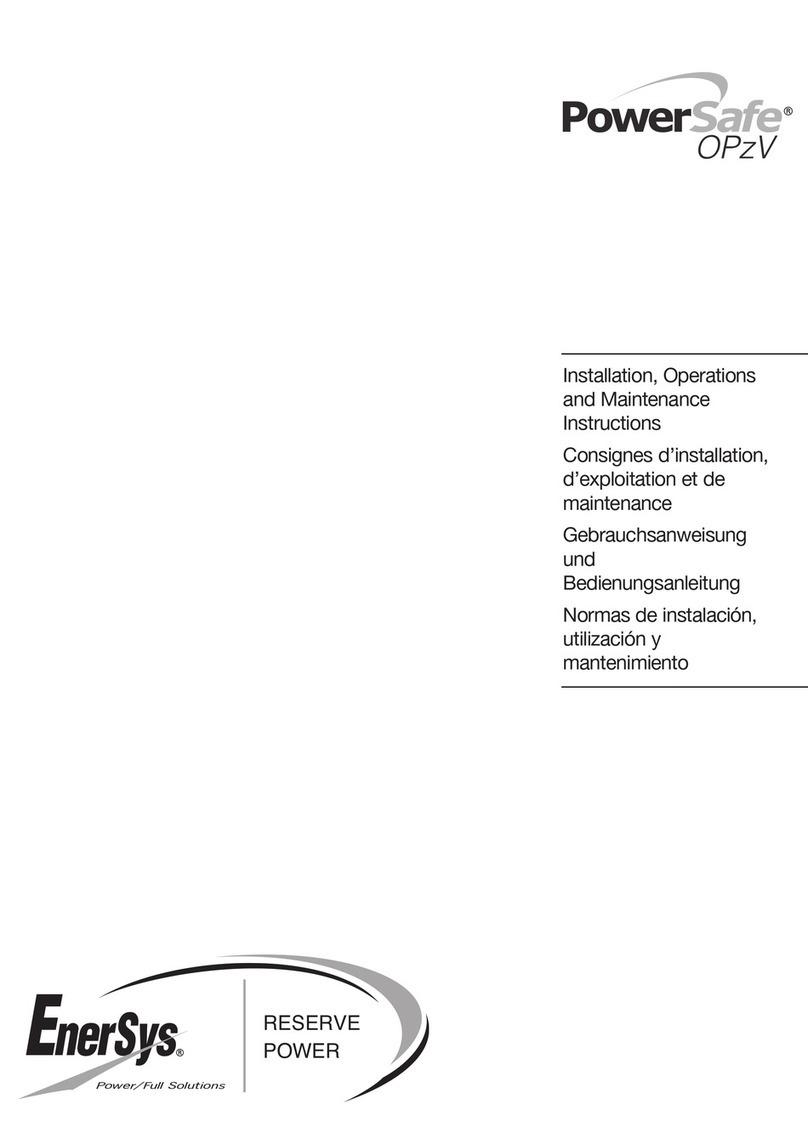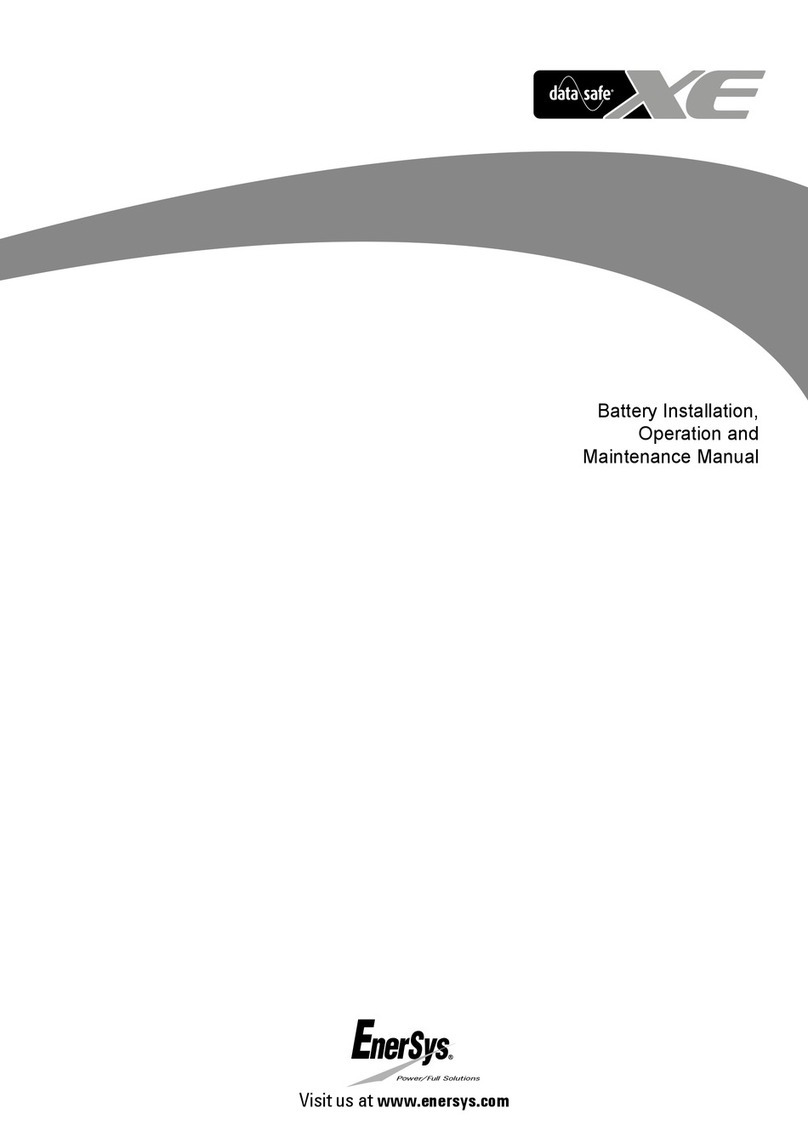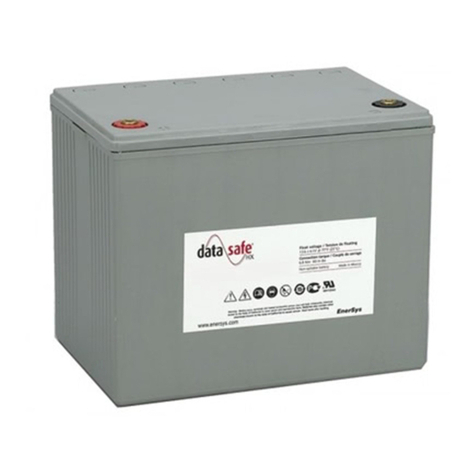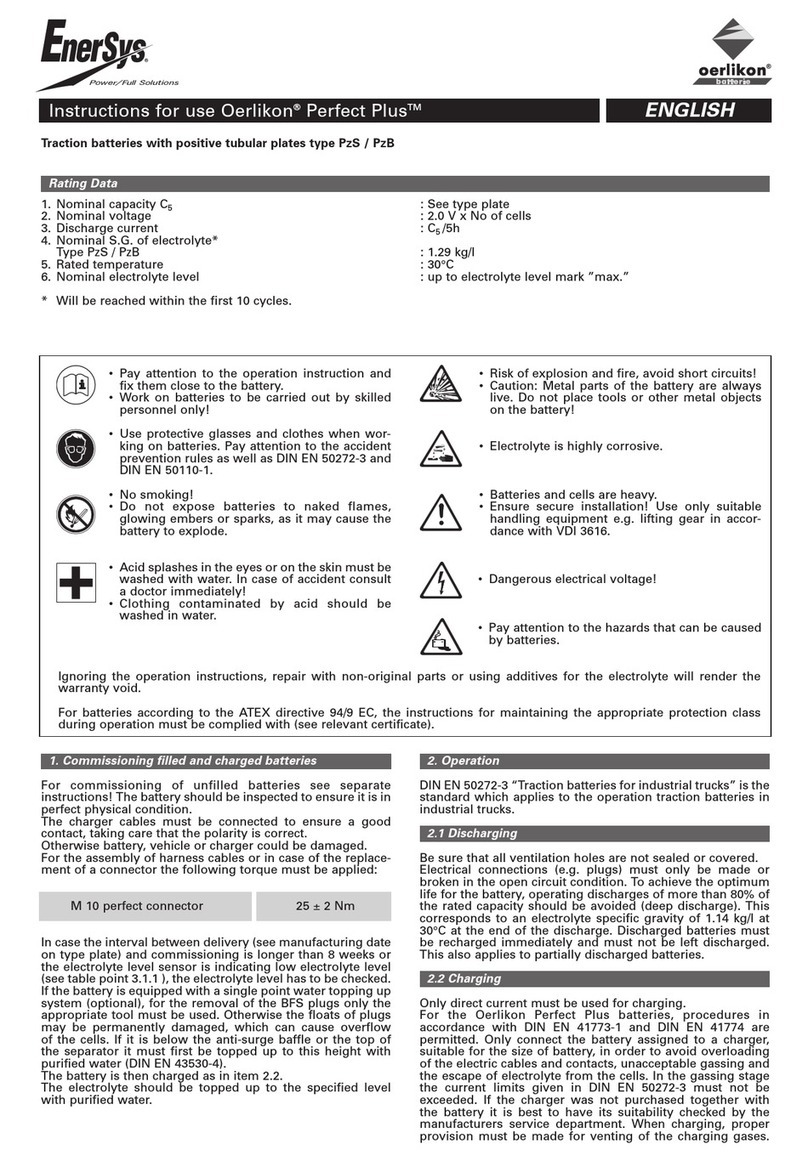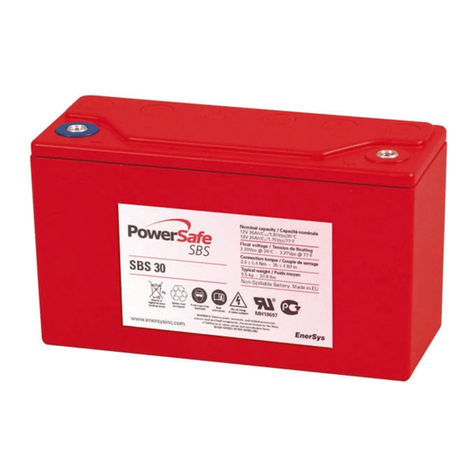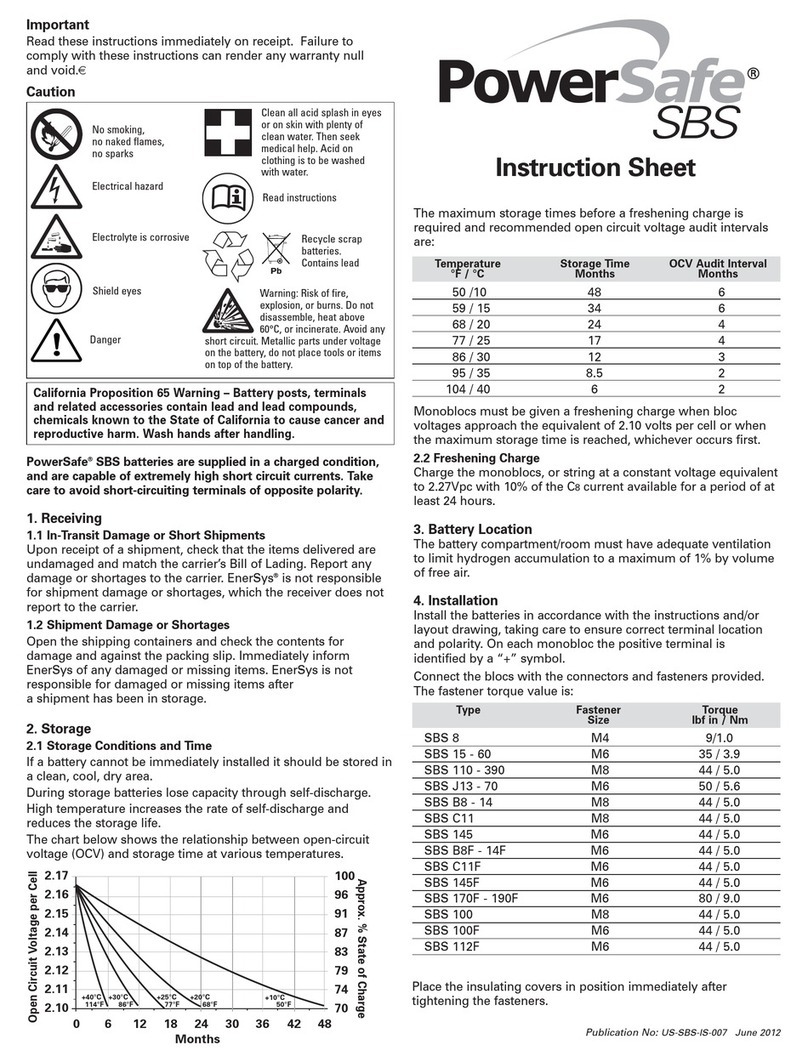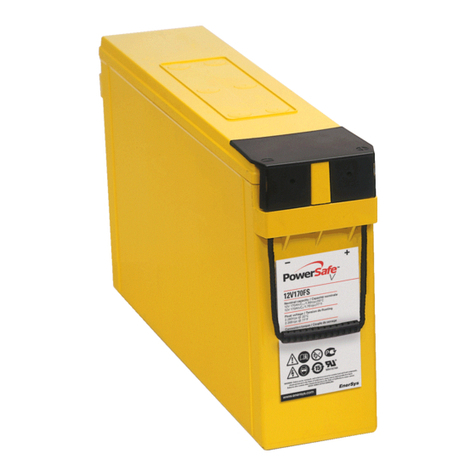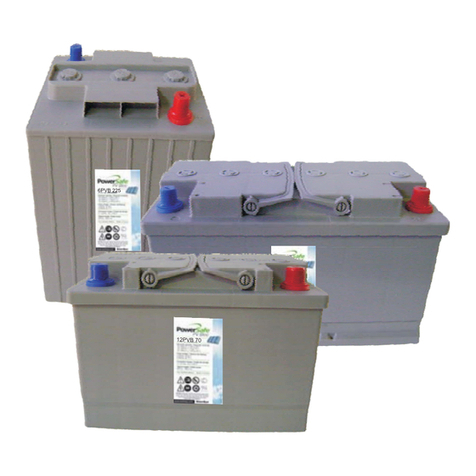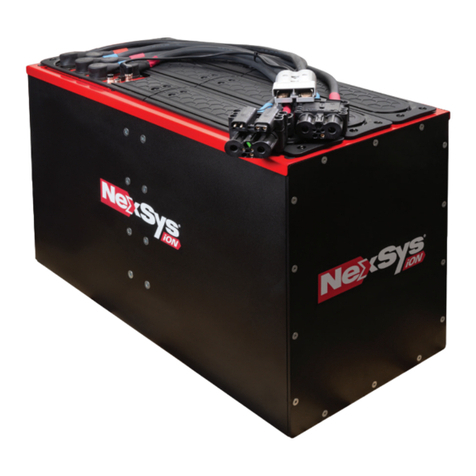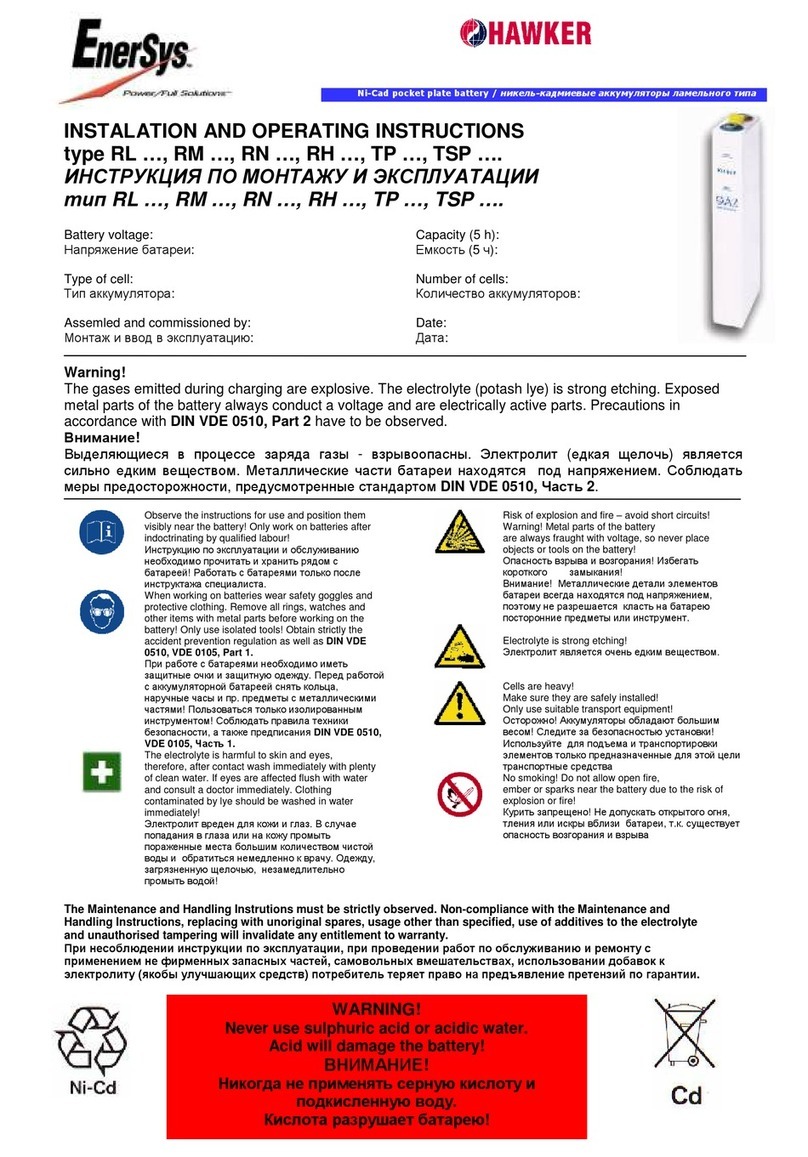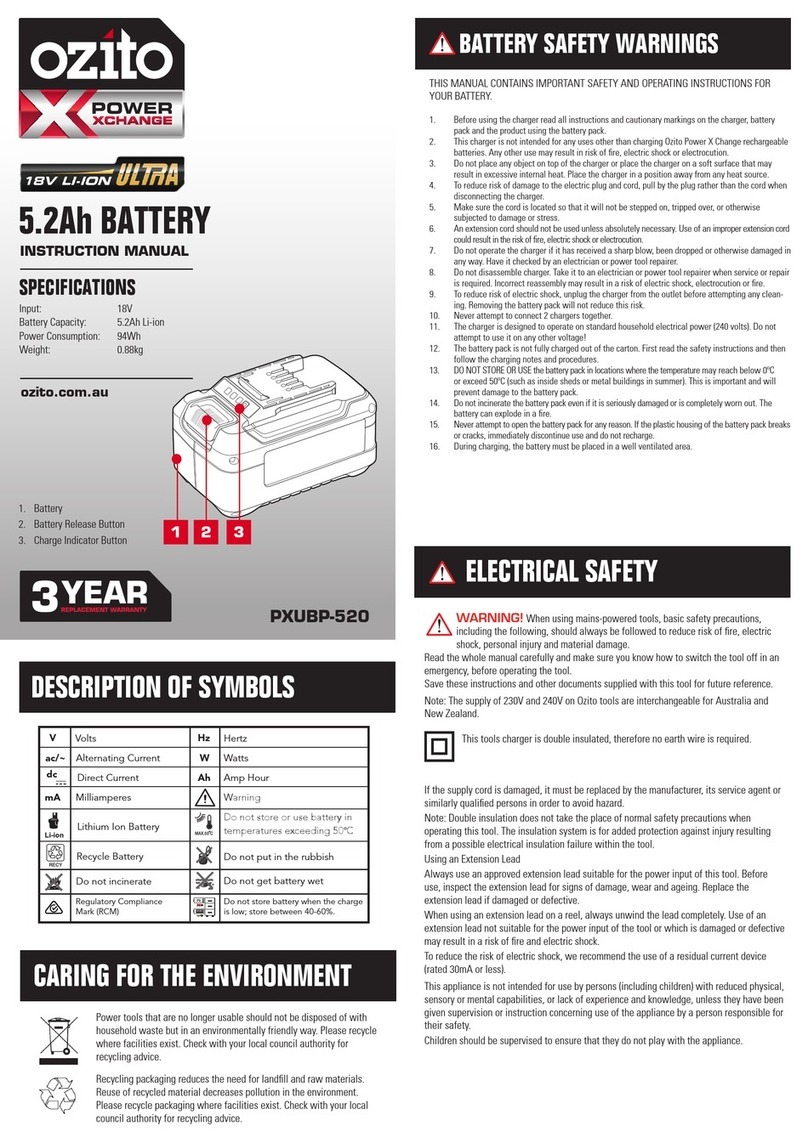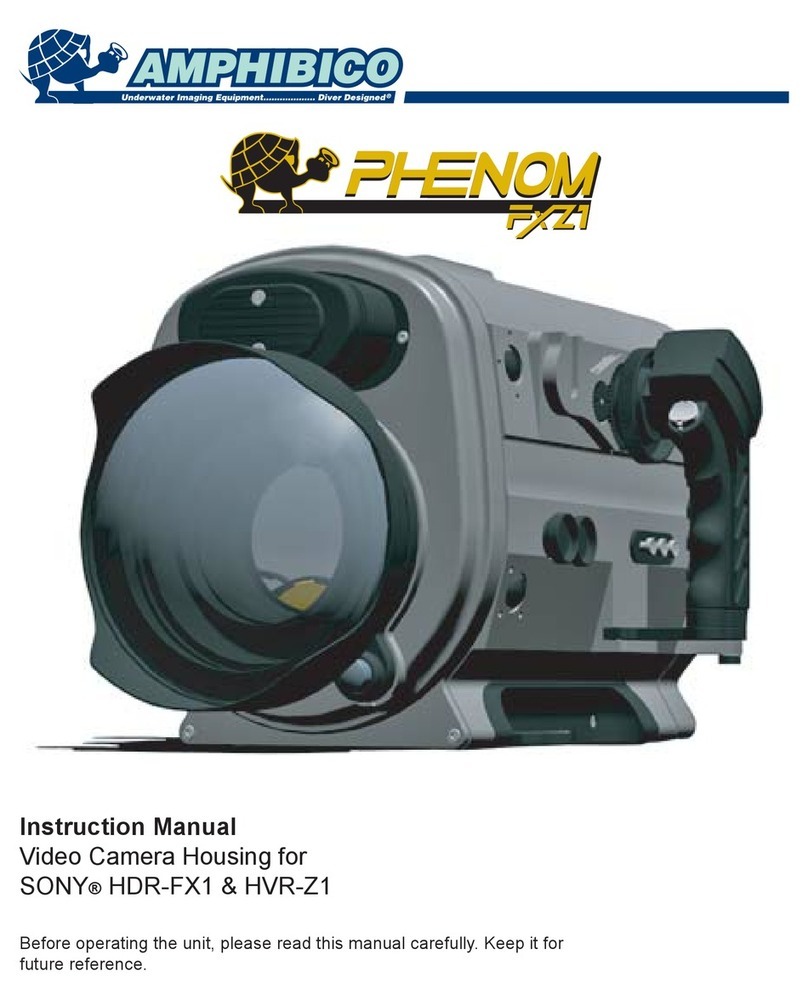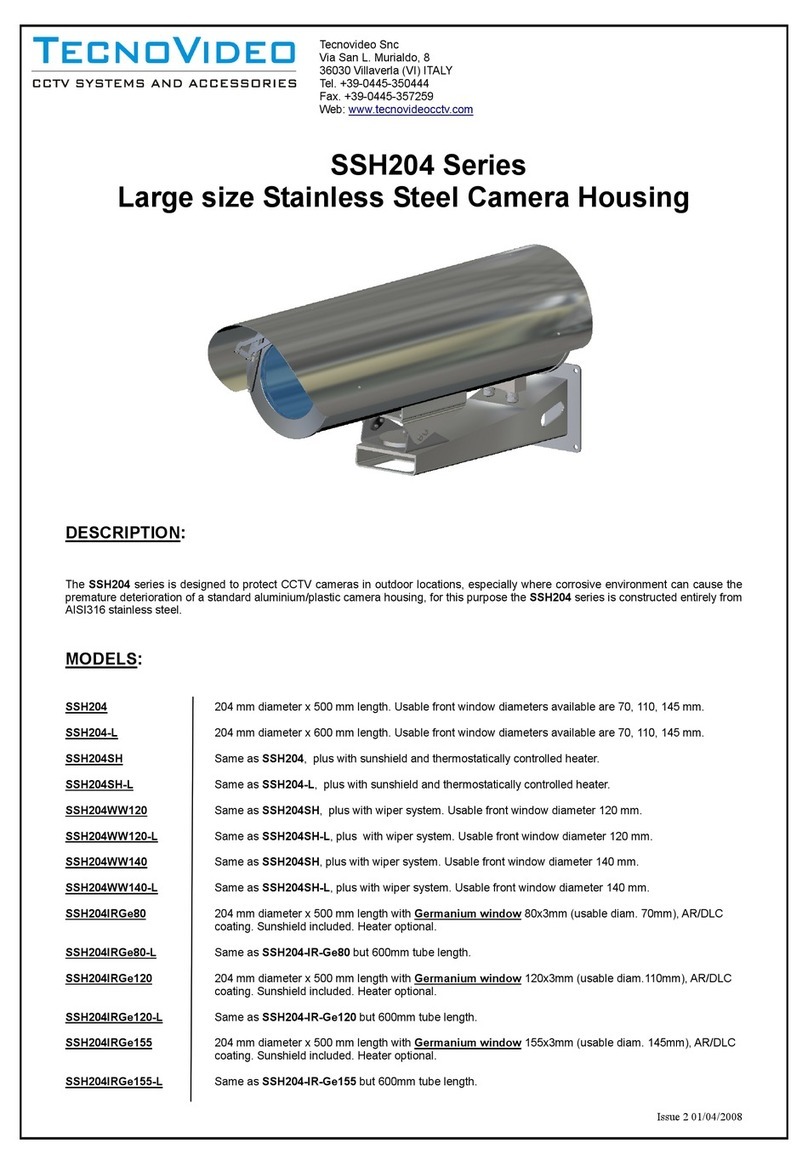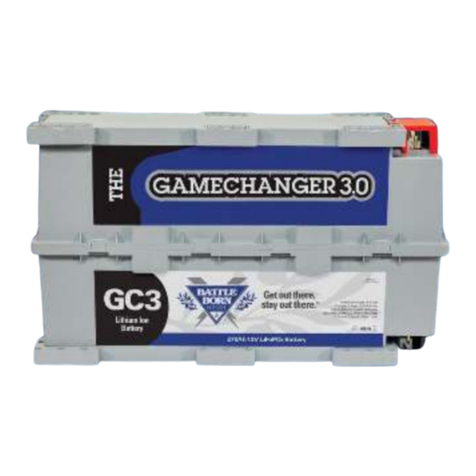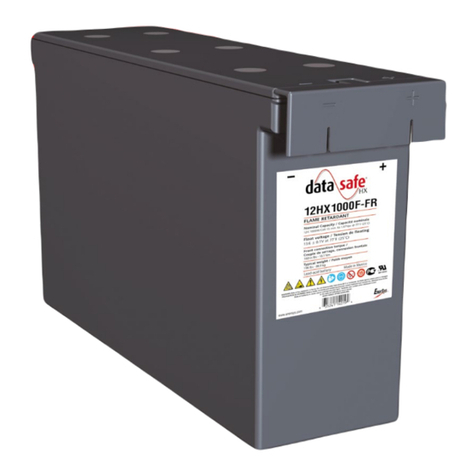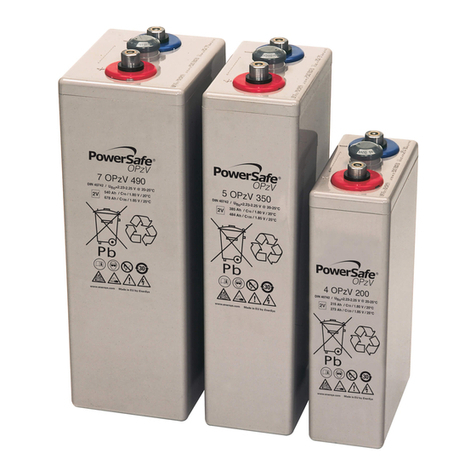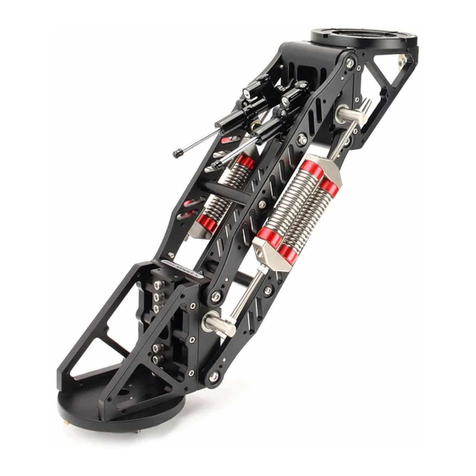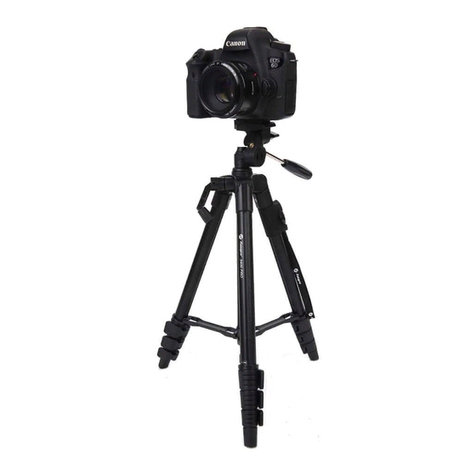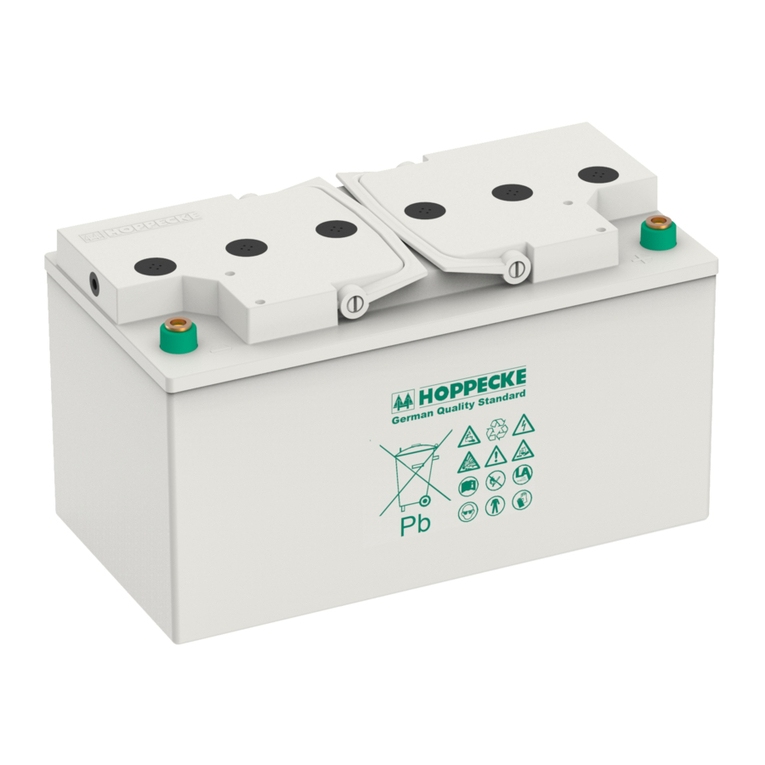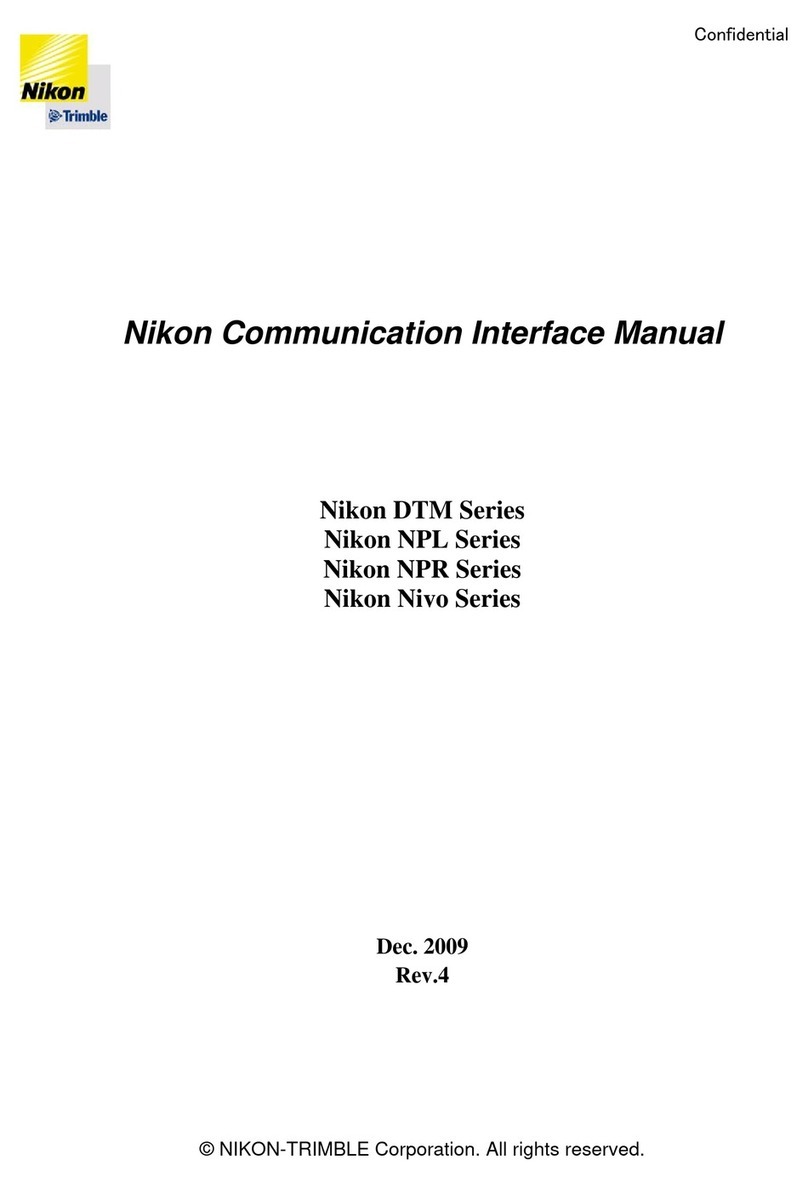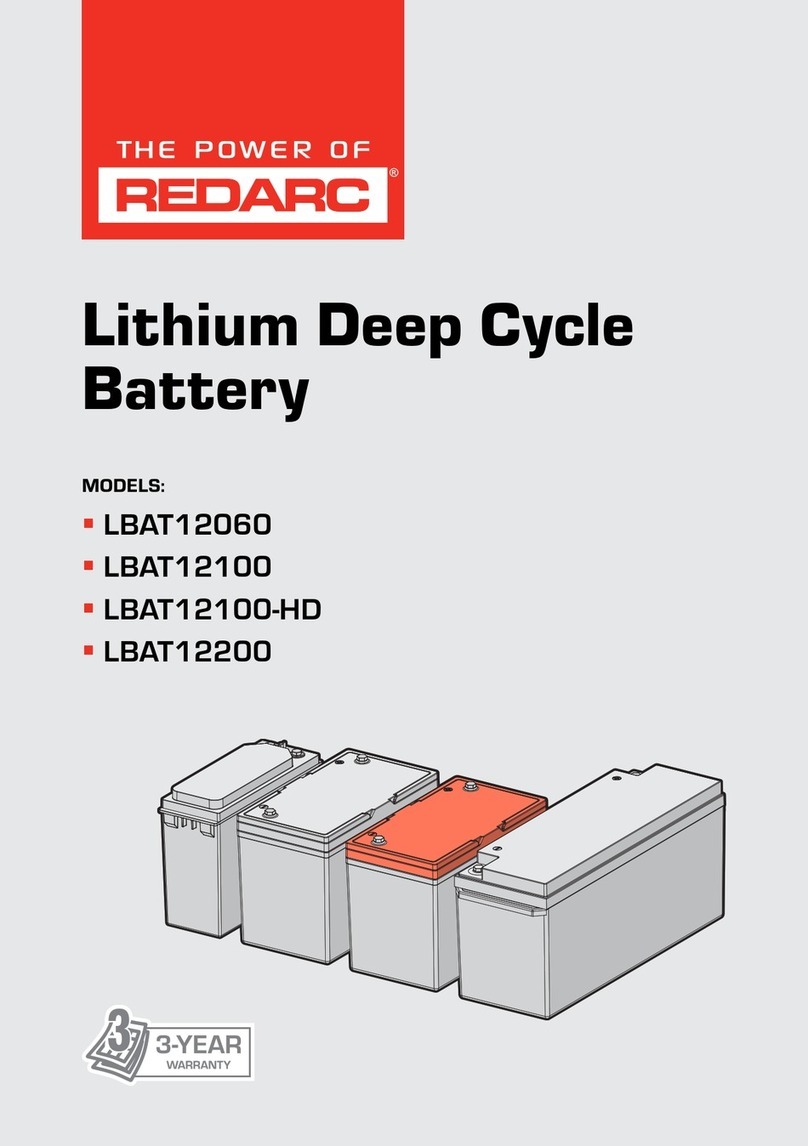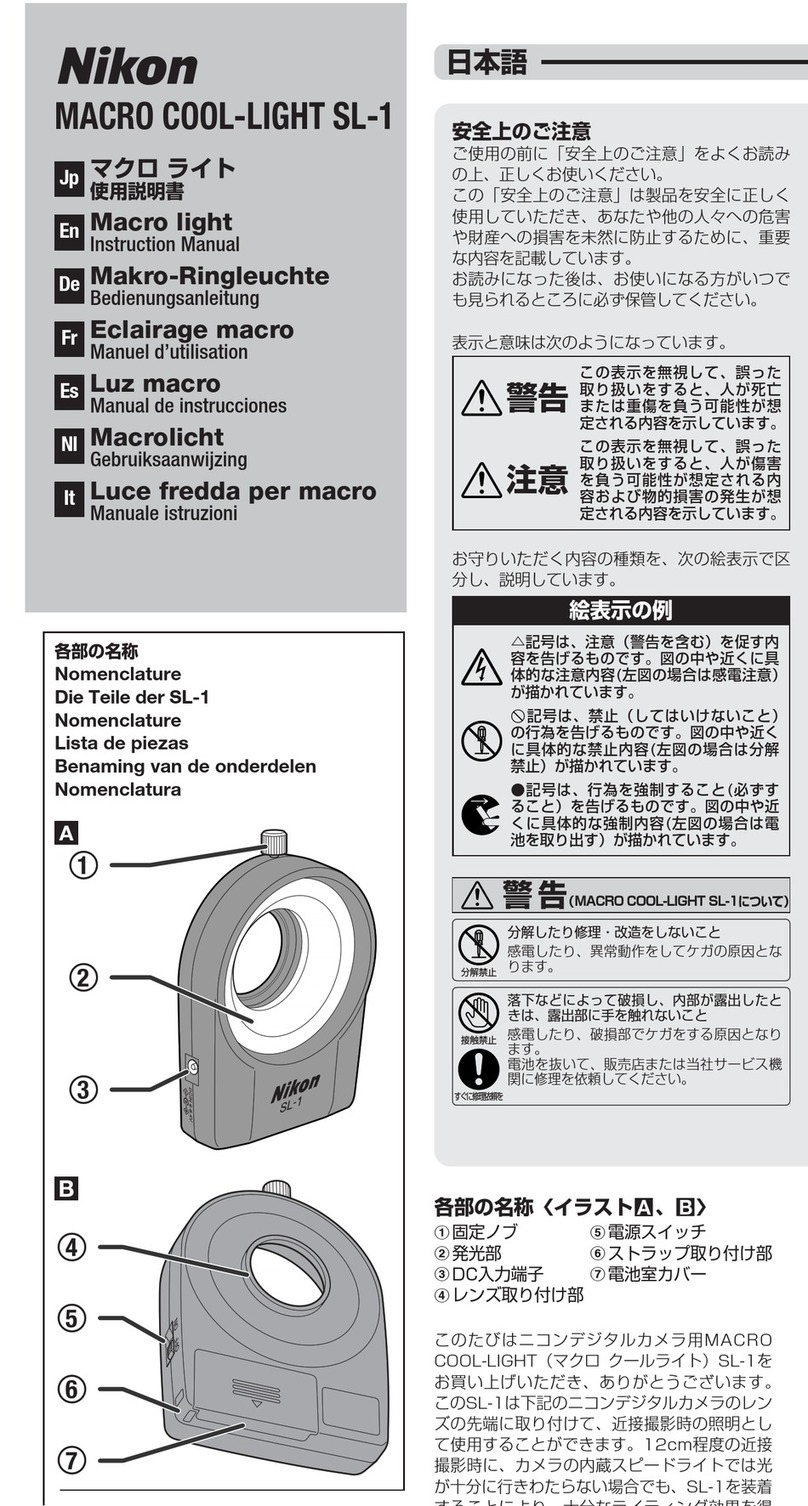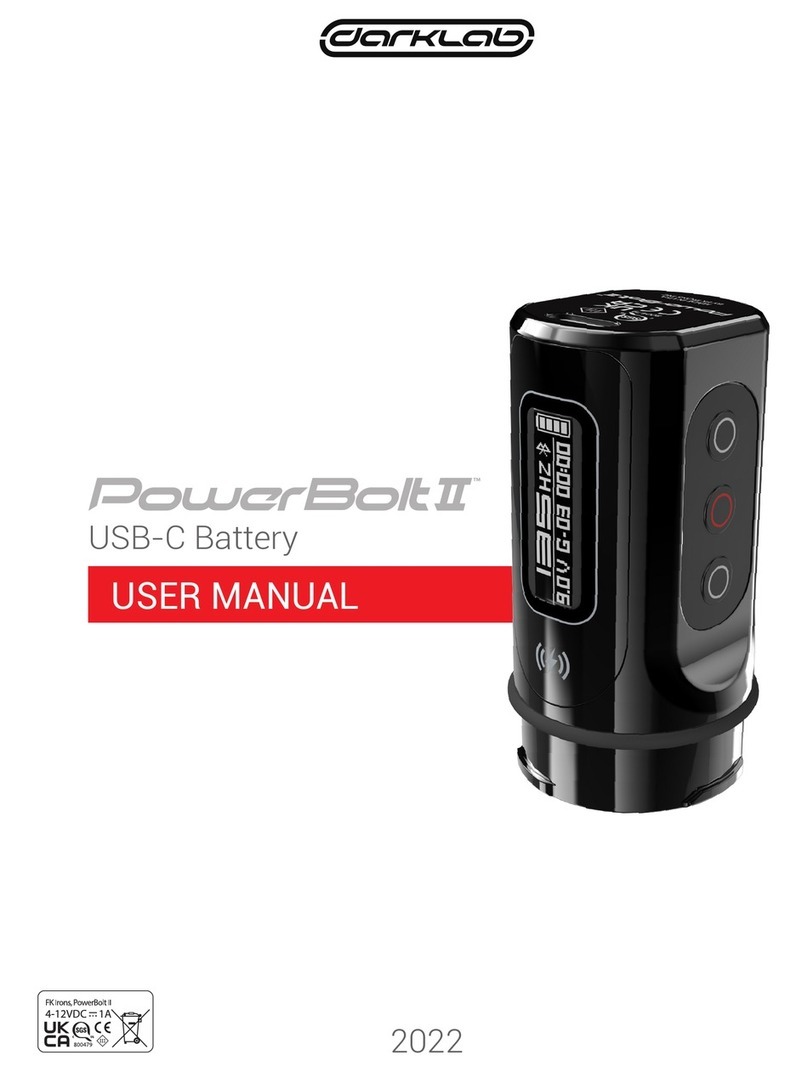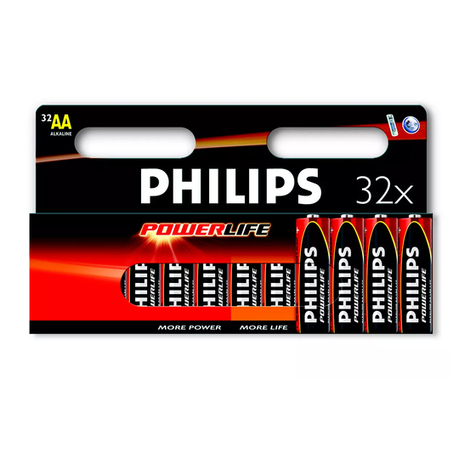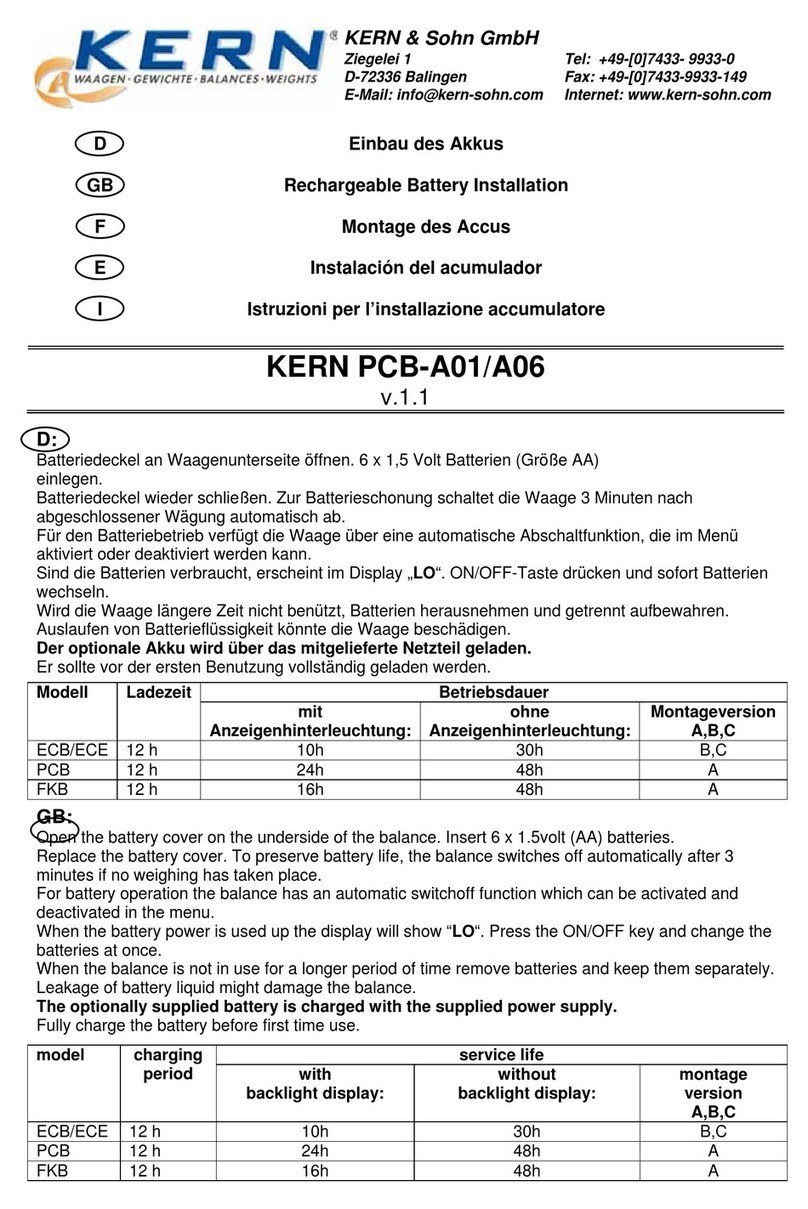
Handling
DataSafe 16HX-FT batteries are supplied in a
charged condition and are capable of extremely
high short circuit currents. Take care to avoid short-
circuiting terminals of opposite polarity.
Important
Please read this manual immediately on receipt of the battery before unpacking and installing. Failure to comply with these instructions will render any
warranties null and void.
Care for your safety
2 www.enersys.com
Keep flames away
In case of accidental overcharge a ammable gas
can leak off the safety vent.
Discharge any possible static electricity from clothes
by touching an earth connected part.
Tools
Use tools with insulated handles.
Do not place or drop metal objects on the battery.
Remove rings, wristwatch and articles of clothing with metal
parts that may come into contact with the battery terminals.
No smoking,
no naked ames,
no sparks
Shield
eyes
Read
instructions
Electrical
hazard Danger
Recycle scrap
batteries.
Contains lead
Electrolyte is
corrosive
Clean all acid splash in eyes or on skin
with plenty of clean water. Then seek
medical help. Acid on clothing is to be
washed with water
Warning: Risk of re, explosion, or burns. Do not
disassemble, heat above 60°C (140°F), or incinerate.
Avoid any short circuit. Metallic parts under voltage on the
battery, do not place tools or items on top of the battery
California Proposition 65 Warning - Battery posts, terminals, and related accessories contain lead and lead compounds, chemicals known to the State of California to
cause cancer and reproductive harm. Wash hands after handling.
DANGER
Contains: Lead, Sulfuric Acid (Electrolyte), Lead Compounds.
Harmful if swallowed, inhaled, or in contact with skin. Acid causes severe skin burns
and eye damage. May damage fertility or the unborn child if ingested or inhaled.
May cause harm to breast-fed children. May cause cancer if ingested or inhaled.
Causes skin irritation, serious eye damage. Contact with internal components may
cause irritation or severe burns. Causes damage to central nervous system, blood
and kidneys through prolonged or repeated exposure if ingested or inhaled. Irritating
to eyes, respiratory system, and skin. May form explosive air/gas mixture during
charging. Extremely ammable gas (hydrogen). Explosive, re, blast or projection
hazard.
Obtain special instructions before use. Do not handle until all safety precautions
have been read and understood. Wash thoroughly after handling. Do not eat drink
or smoke when using this product. Avoid contact during pregnancy/while nursing.
Wear protective gloves/protective clothing, eye protection/face protection. Use
only outdoors or in a well-ventilated area. Avoid contact with internal acid. Do not
breathe dust/fume/gas/mist/vapors/spray. Keep away from heat/sparks/open ames/
hot surfaces. No smoking. IF SWALLOWED OR CONSUMED: rinse mouth. Do NOT
induce vomiting. Call a poison center/doctor if you feel unwell. IF ON CLOTHING OR
SKIN (or hair): Remove/Take off immediately all contaminated clothing and wash it
before reuse. Rinse skin with water/shower. IF INHALED: Remove person to fresh air
and keep comfortable for breathing. Immediately call a POISON CENTER or doctor/
physician. IF IN EYES: Rinse cautiously with water for several minutes. Remove
contact lenses, if present and easy to do. Continue rinsing. If exposed/concerned, or
if you feel unwell seek medical attention/advice. Store locked up, in a well-ventilated
area, in accordance with local and national regulation. Dispose of contents/container
in accordance with local and national regulation. Keep out of reach of children.
BCI Warning
1. Receiving the Shipment
Carefully examine the battery shipment upon arrival for any signs of transit
damage and that it agrees with the materials list or packing slip. Be very
careful not to inadvertently discard any accessories contained in the packing
material.
Batteries contain sulfuric acid in glass ber separators.
Use rubber gloves when handling broken or damaged containers in case of
acid leakage.
2. Storage
Store DataSafe 16HX-FT batteries in a dry, clean and preferably cool location.
Although batteries are supplied charged, their storage time is limited. The
maximum storage intervals prior to a required refreshening charge, based on
the battery’s date code label, are as follows:
■6 months at ambient temperature no warmer than 77°F (25°C)
■4 months at 86°F (30°C)
■2 months at 104°F (40°C)
A refreshening charge shall be performed at 2.27 Volts Per Cell (Vpc) or 18.08
Volts Per Battery (Vpb) at 77ºF (25°C) for 96 hours or until the charge current
does not vary for a three hour period.
The necessity of a charge can also be determined by measuring the open
circuit voltage of a stored battery.
Charging is advised if the voltage drops below 2.07 Vpc (16.56 Vpb).
Maximum total storage prior to installation is two years from date of shipment
from the factory to the customer. Freshening charges are required before the
end of the storage time period or more frequently,
as noted above.
Failure to observe these conditions may result in greatly reduced
capacity and service life.
FAILURE TO CHARGE AS NOTED VOIDS THE BATTERY’S WARRANTY.
3. Installation
Install in clean, dry area. DataSafe 16HX-FT batteries release minimal
amounts of gas during normal operation (gas recombination efciency ≥
97%). The batteries can be installed near the main equipment. Batteries must
be installed in accordance with local, state and federal regulations and the
manufacturer’s instructions.
■
Temperature
Avoid placing batteries in areas of high temperature or in direct sunlight. The
batteries will give their best performance and service life when operating
at a temperature between 68°F (20°C) and 77°F (25°C), however they are
capable of operating in a temperature range of -22°F (-30°C) to 122°F (50°C).
Please reference the charging float voltage section for more information
regarding float voltage adjustments for temperature variations. Reasonable
precautions should be taken to prevent continuous operation below -22°F
(-30°C) or above 122°F (50°C).
■
Ventilation
Under normal conditions gas release is very low and natural
ventilation is sufficient for cooling purposes and inadvertent overcharge,
enabling DataSafe 16HX-FT batteries to be used safely in offices and with
main equipment.
However care must be taken to ensure adequate ventilation when placed in
cabinets. Batteries must not be placed in sealed cabinets.
■
Stowing
For proper installation, EnerSys®battery racks and cabinets are
recommended.
For rack installations, reference Assembly Instructions for DataSafe HX and
HX Front Terminal UBC Battery Racks (US-HXRACK-IM).
For cabinet installations, reference Installation, Operation and Maintenance
Manual for DataSafe Front Terminal Battery Cabinets (US-HXFT-CAB).
Intercell connector covers (provided) should be installed after completing the
intercell connections.
Attention:
Unless otherwise noted, battery racks and cabinets should not be
transported with intercell connectors installed.
Pb






